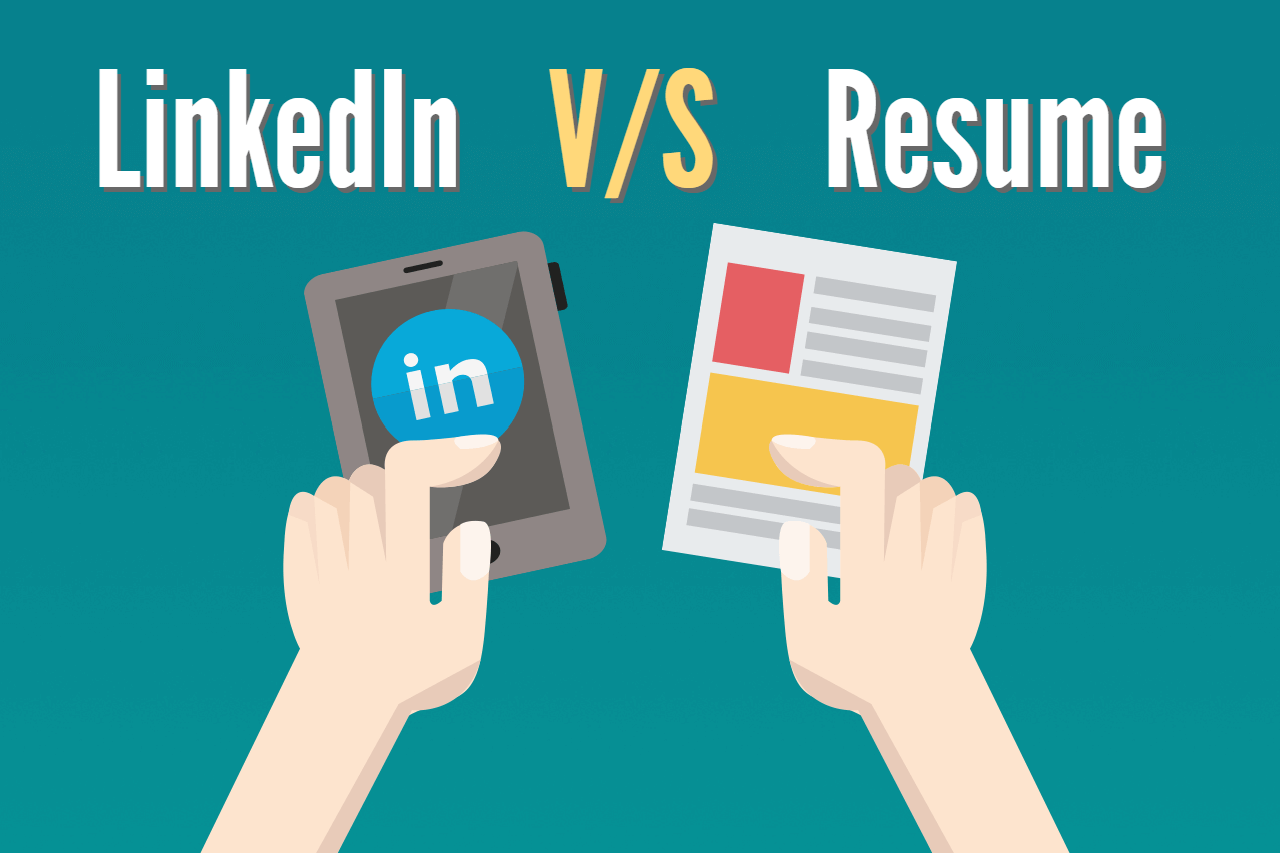A fast and simple way to improve both your speed and quality of hire is to use LinkedIn profiles for your initial candidate screening. They are superior at this first assessment stage because they are more likely to be updated, accurate, and their uniform format makes side-by-side comparisons easier. By relying on LinkedIn profiles, you can begin your prospect screening faster and you are much less likely to make a screening error. Many firms are making the shift, but if you haven’t yet. Here are the top five reasons why these profiles are superior to resumes for your initial screening pass.
- You Don’t Have To Wait For An Updated Resume — if part of your current recruiting focus is to recruit already employed people (some call them passives). One of the major delay points in the hiring process is waiting for prospects to update and submit their resume. Fortunately for the average employed prospect, their LinkedIn profile is significantly more likely to be updated than their resume (in part because of LinkedIn’s often irritating but directed update reminder process). A prospect’s profile is also more likely to be updated because LinkedIn profiles are used in many other professional contexts outside of job search. Employed individuals may be more reluctant to update their resume because they may personally view it as an “act of disloyalty,” and if their boss were to find out, formally submitting their resume may put their current job unnecessarily at risk. And finally, unlike a resume, you don’t need a prospect’s permission to find or view a LinkedIn profile.
- The Information Provided Is More Likely to Be Accurate — I’ve written extensively about what’s wrong with resumes, and one of their major flaws is accuracy. And everyone who has researched resumes agrees. In fact, on average, 53 percent contain actual lies (Note: the biggest offenders are college students, where 90 percent of them admit to lying on their resume). LinkedIn profiles can be significantly more accurate because, unlike resumes, they are frequently viewed by a broad array of businesspeople. This higher likelihood of embarrassment after their colleagues view it is a prime driver of LinkedIn profile accuracy.
- Side-by-Side Comparisons Are Much Easier to Make — around the globe there is no standard format for resumes. And unfortunately, that means that the format, the order, and the content of submitted resumes will vary significantly. In direct contrast, all LinkedIn profiles follow the same format in the same order, so side-by-side comparisons are much easier. And because much of the content is profile-prescribed by LinkedIn, it is more likely that the same information will appear in each of the profiles of people qualified for a particular job. Since most professionals have LinkedIn profiles (although exceptional candidates may only have ghost profiles), the comparisons can be made on the same calendar day (as opposed to comparing resumes from different candidates that might trickle in at different times).
- Avoiding Most Non-Job-Related Information — because the acceptable resume content varies around the world, resumes and CVs are likely to contain a great deal of non-job-related information. In direct contrast, LinkedIn profiles do not allow a prospect to include demographic and other personal information that may lead to bias (age, gender, marital status, family, hobbies, citizenship, religion, etc.). This information cannot be in a LinkedIn profile (except for a picture), so screeners can’t use non-job-related information to make selection decisions. Profiles also provide additional information like the fact that an individual is open to opportunities, recommendations, as well as what groups they follow, which might help in the assessment. Profiles also don’t include cover letters, which can slow down the assessment process.
- The Absence of Cybersecurity Issues — received resumes often come as email attachments, which can leave the receiving firm open to viruses and malware. Fortunately, there have been no reported cybersecurity issues from accessing LinkedIn profiles.
Final Thoughts
Because of their numerous flaws, talent-acquisition experts have been predicting the demise of the resume for decades. However, I don’t agree that their end is coming soon simply because recruiters and hiring managers continue to demand to see resumes. Simply put, resumes are “the currency of recruiting.” However, the many flaws of resumes are real. So, the use of resumes should be delayed until after the first round of prospect and applicant screening has been completed. And even then, LinkedIn profiles should be used to identify any inconsistencies in their final resume content. You will find that they will speed up the recruiting process by as much as 20 percent and they will make side-by-side comparisons as much as 75 percents easier.

